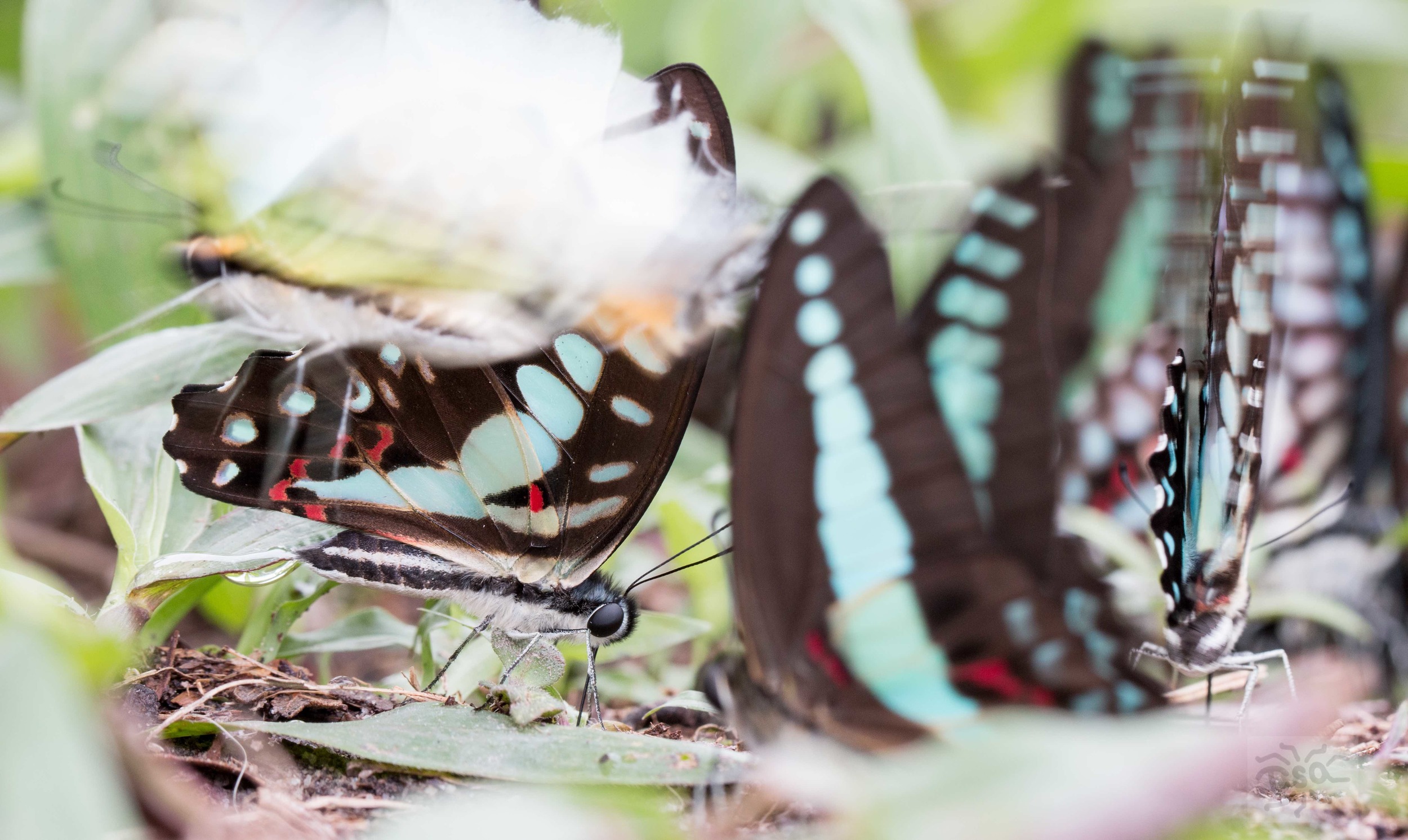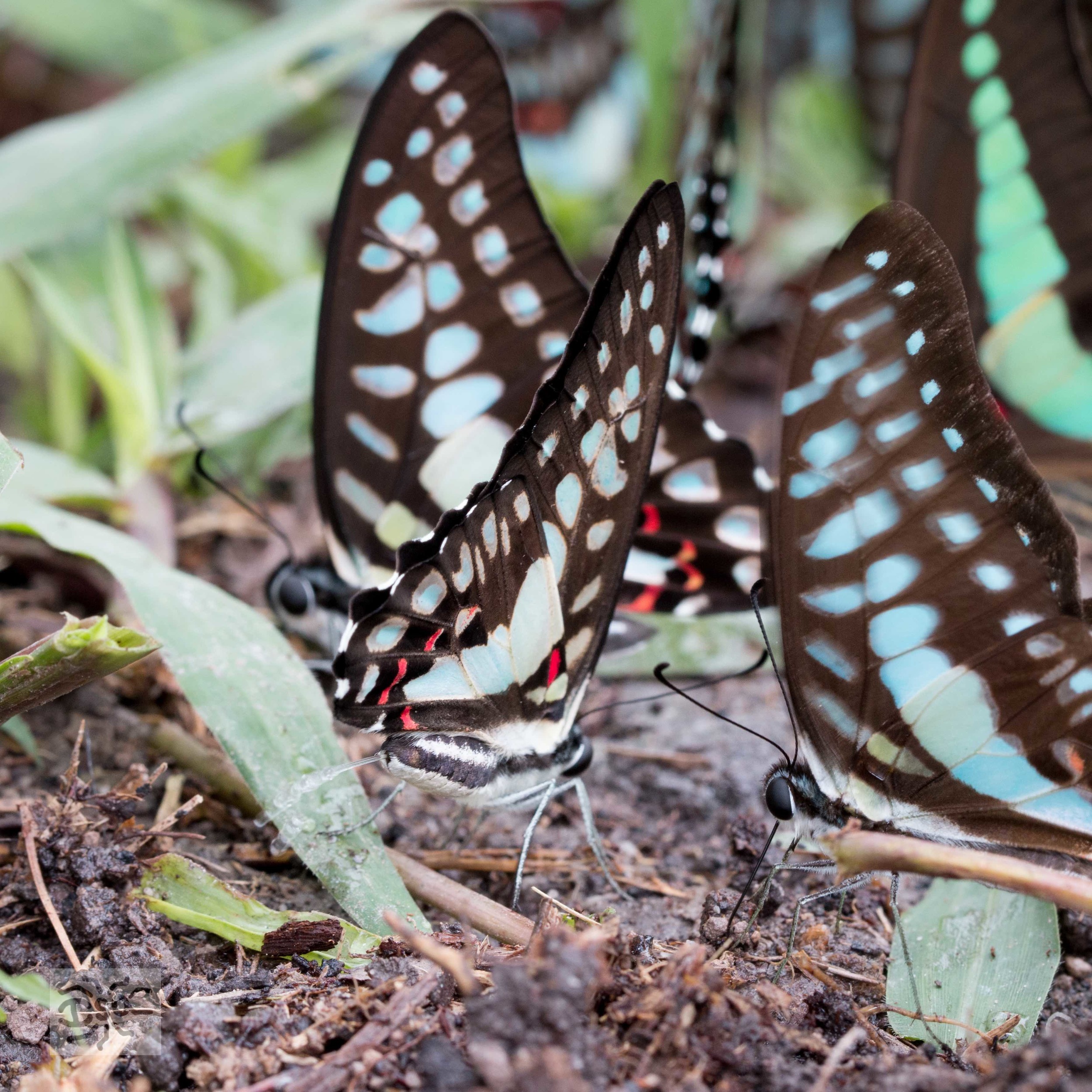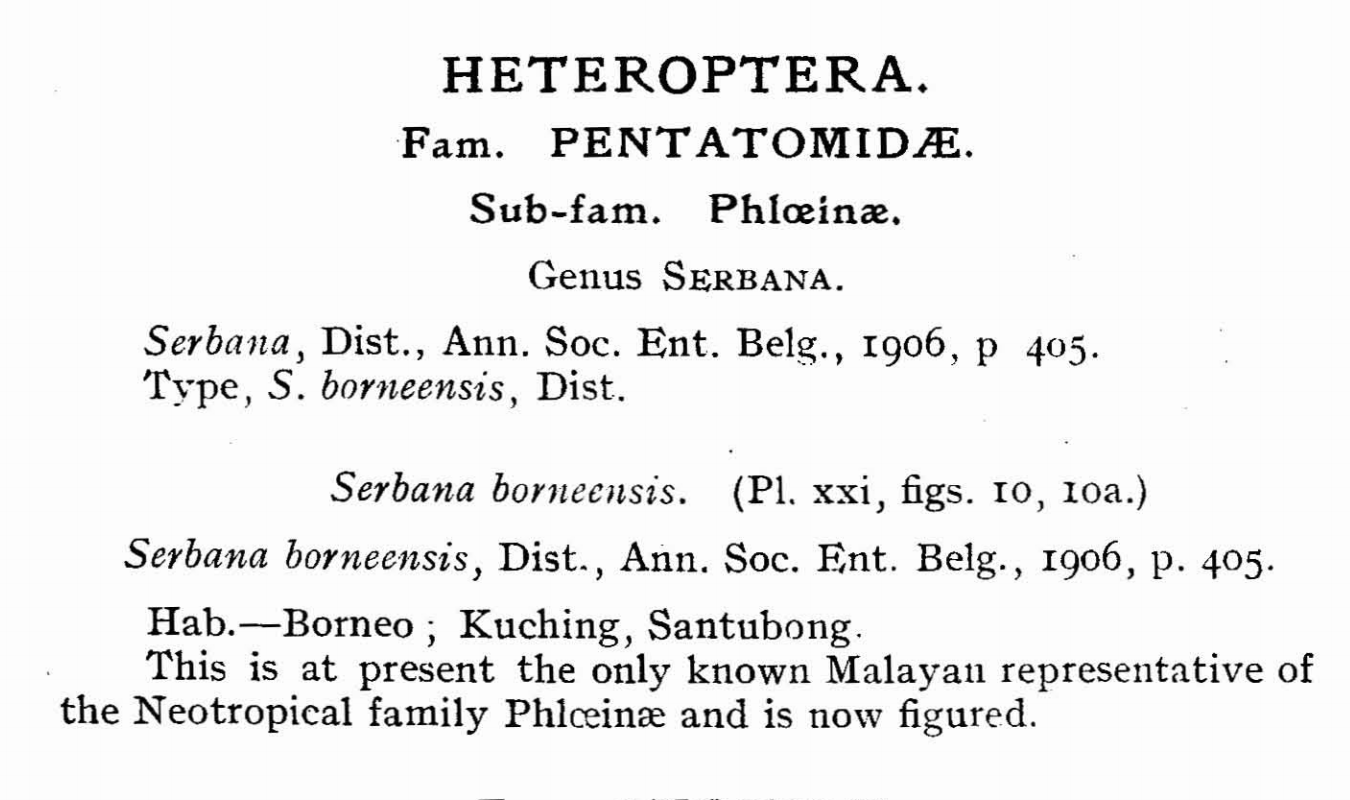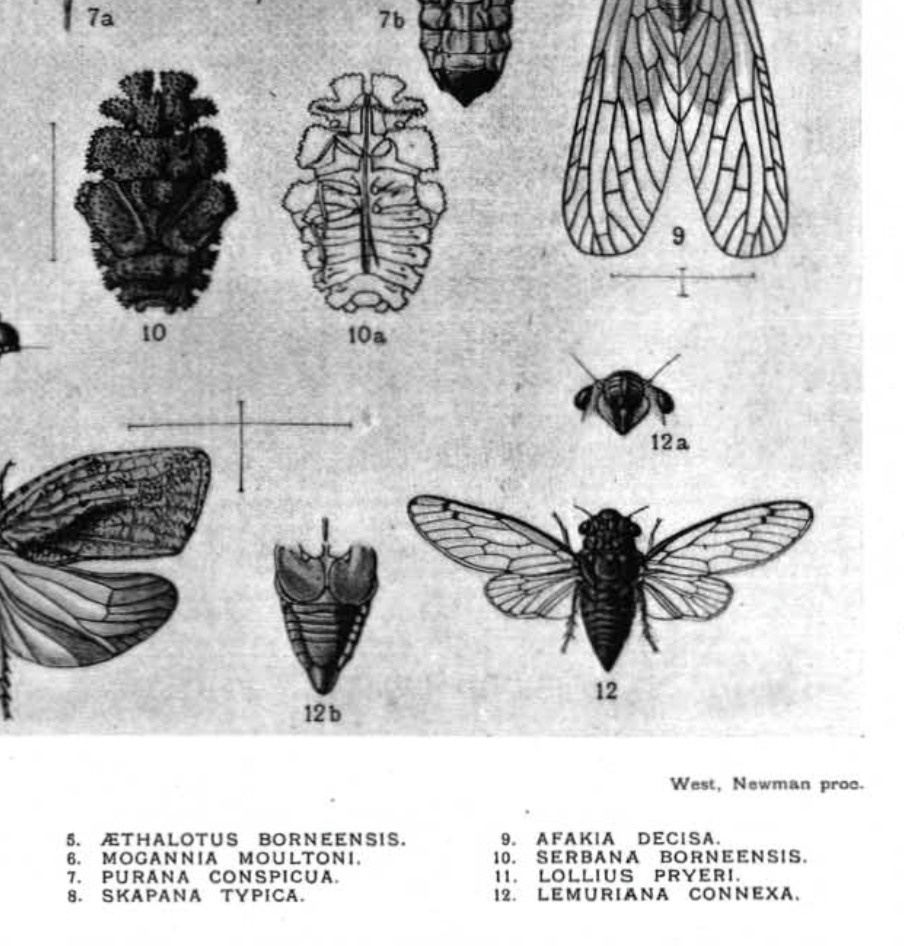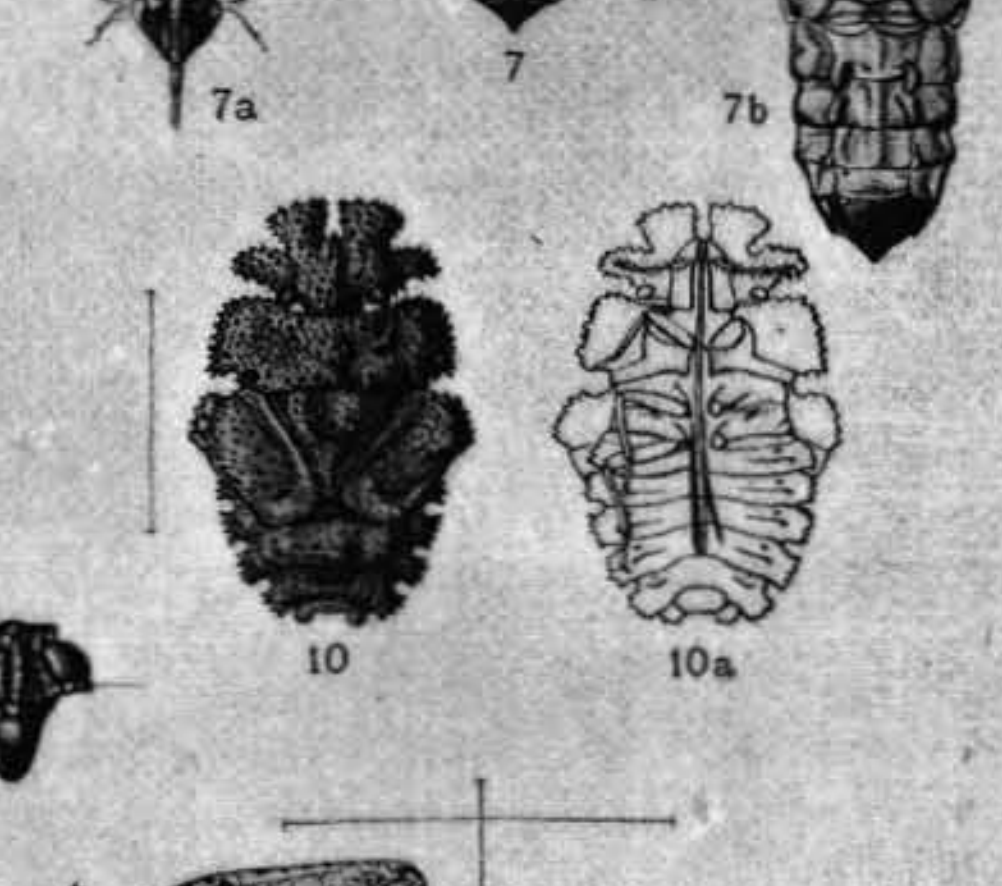We all know that butterflies and moths (Order: Lepidoptera) visit flowers for food. However, did you know that there are minerals that butterflies and moths can only obtain from sources such as animal sweat, tears, fecal matter, and mud puddles? Butterflies that sip up nutrients from shallow collections of water on the ground are puddling. Yes, puddling is the term that scientists use for this behavior and it is not unusual to find many butterflies puddling together.
Here are photos from my first encounter with puddling butterflies! The main species that was puddling, the Common Blue Bottle (Graphium sarpedon) was not at all shy. I lucked out. I was able to get up close with my camera without scaring them away. Additionally, clouds softened the sunlight. These were ideal insect photoshoot conditions.
To obtain the desired amount of the sought after minerals, the butterflies were filtering large quantities of liquid through their bodies. Every several minutes they unloaded the filtered water waste with a sudden squirt out their rear. This cleared out space in their bodies, allowing them to draw more liquid from the ground to keep the mining process going (See photo below). The puddling water is recycled. It goes back into the substrate and may pick up more minerals. It may go right back up into the butterfly. Whooosh! The butterflies continue to draw up water through the proboscis, or straw-like mouthpart. In the butterfly’s body, the nutrients are filtered out of the water and absorbed by the butterfly.
Once a puddling area dries up, the party is over. Without moisture, the butterflies can no longer access the nutrients with their proboscis. Imagine trying to eat a chocolate bar with a straw. Liquify it. Now drinking it with a straw is no problem. This is why the water recycling optimizes nutrient acquisition. By putting the excess moisture right back onto the substrate, the butterflies use the water as an extraction tool and lengthen the time that the resource is available to themselves. Bon appetite, butterflies!
Before and...
... a moment later. The butterfly squirts out water to make room for the intake of more.



